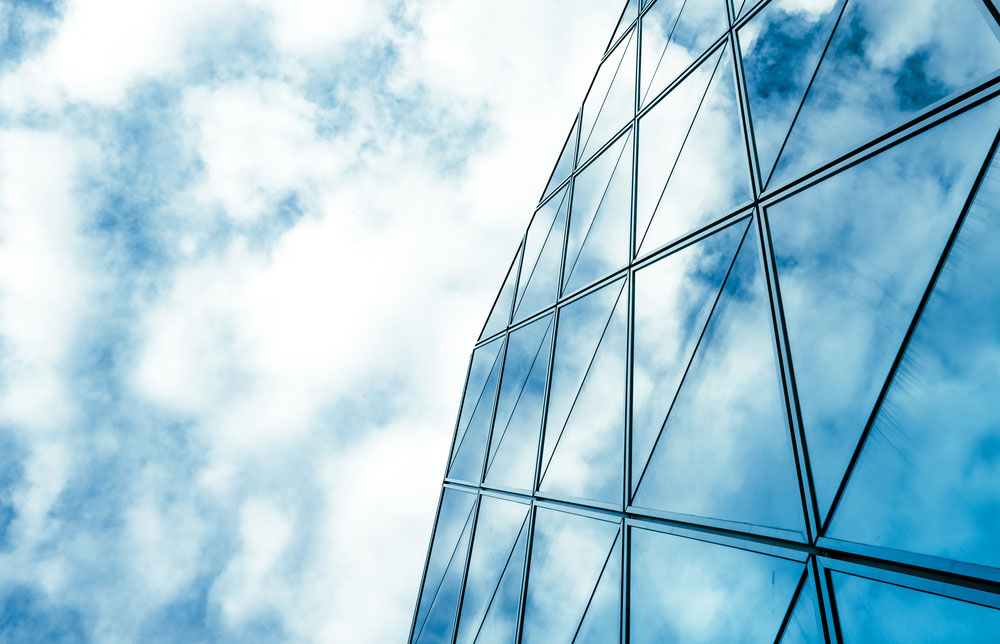In order to reduce heat transfer, two or three window glasses are separated from each other by vacuum or gas-filled spaces and combined as a single glass system, the system that emerges is called Isıcam.
Insulating glass units are produced by assembling more than one glass plate to form a single system. The number of glass plates used in insulating glass systems today is up to three plates with the effect of increasing energy costs.
The panels used in insulating glass systems are separated from each other by laths. Inside each separated section is stationary air or gas. These joined glasses are mounted on wider window profiles in order to tolerate the glass thicknesses.
In addition to increased sound insulation, insulating glass products also provide an ideal energy saving advantage. The sealed area between the two glasses acts as a secondary insulating agent. Increased thermal resistance reduces the amount of heat lost in winter, keeping your home warmer.
Insulating glass has the opposite effect of preventing unwanted heat from entering the house in summer. This additional insulation significantly reduces the need for the use of air conditioners and heaters, minimizing your energy costs.
When standing near windows, air currents caused by insulation weakness are easily felt. However, when it comes to the use of insulating glass, unwanted temperature currents are prevented, while the glass in the interior remains at a temperature close to the room temperature.
Double glazing can reduce fogging and prevent unhealthy formations that may occur on the joinery.
The insulated double glazing is effective in reducing medium and high frequency noise such as human voice. The difference in inner and outer glass thicknesses provides a much more effective sound insulation. Although double glazed windows are safer than single glazed conventional windows, the use of tempered and laminated glasses should be preferred to provide even higher security.



